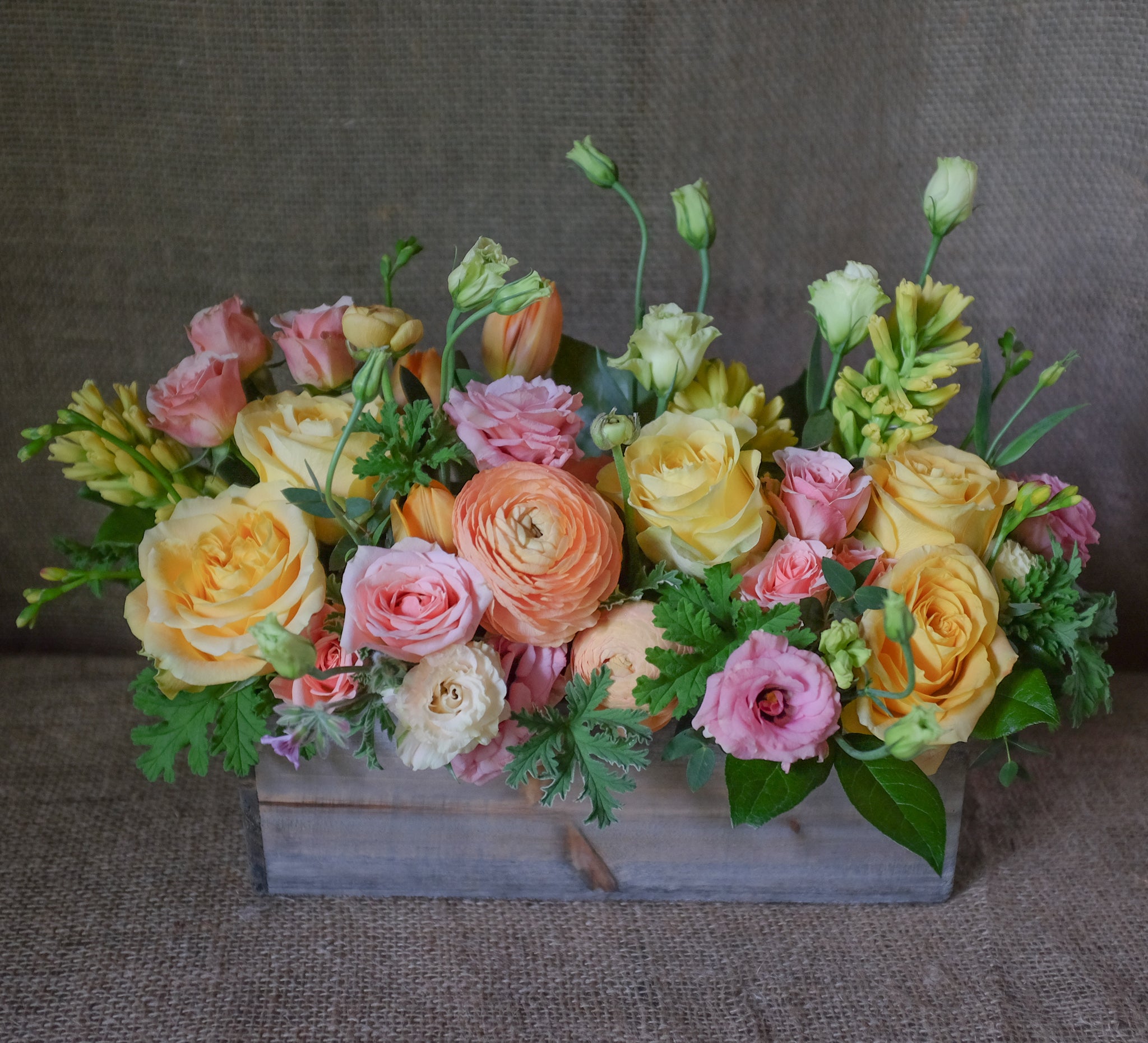Perennials have always felt a bit daunting to me. Even through my work with Michler’s, my interactions with perennials are limited to the varieties we sell and to observing their growth habits in containers. I don’t have a horticulture background, and I’ve moved around so much that when I do get around to planting something, I’m rarely there to see how well it comes back the following year. I mean, I hear great things about perennials, but they feel like a mighty permanent decision. So, heading into the symposium with that mindset, my favorite takeaway from this educational experience was the permission to play and have fun with perennials. The excitement the plant nerds at the Perennial Plant Association symposium had for perennials was, apparently, contagious.
This symposium was a sweet, multi-day conference complete with day trips to research facilities, growing sites, and other places of interest like the Sierra Nevada Brewery, where they've created their own masterful gardens. I learned a lot, and it was interesting to see some of the research currently taking place. For example, I knew you could breed plants for larger blooms or taller stems to make them more suitable for cut flower gardens, but I had never considered all of the other characteristics you could fine-tune. Currently, the Mountain Horticultural Crops Research Center has projects that are breeding for infertility in plants that tend to be aggressive spreaders. Success with this would enable people with smaller gardens in the city to have plants that would usually take over an entire yard. Some of the other traits the researchers were targeting included mold resistance and thornless varieties. It sounded a bit dry until I remembered that phlox in particular are prone to powdery mildew. I could certainly see the value in having plants that didn’t succumb to mold in our humid Kentucky air. One of the researchers encouraged us to play around with cross breeding on our own. Her proposal felt more like an adult science experiment than traditional landscaping: buy six different varieties of your favorite plant, plant them near each other, and see what happens. The pollinators will do the work for you. That's too easy. I had been having a hard time deciding exactly which variety of hydrangea I wanted to plant anyway so if she’s giving me permission to plant all of the ones I like? I'm in.
Several of the presenters echoed this sentiment of allowing your garden to change over time. Instead of needing to have a perfect vision of how your garden will look for the rest of eternity, this more flexible philosophy gives you permission to embrace the fact that your garden is going to change anyway. When presenting on the installation of a public park in Brooklyn, one landscape designer spoke about planting densely to start and allow the plants to sort themselves out on their own. Some varieties would flourish and spread while others would be overtaken. Instead of trying to fight the changing proportions of different plants, he allowed the garden to morph from his original planting as it grew. He interfered when he was inclined to but worked with the growth instead of against it. For a society inundated with pictures of the ideal garden, I thought it was interesting to drop the idea of a static landscape and leave space to see how the garden evolves.
The idea of accidentally planting something I hated and having it grow back year after year always haunted me and kept me in decision paralysis. This conference was a nice reminder that it’s just not that serious. If you don’t like it, rip it out. If you love it, plant more. There are so many interesting new varieties coming out, so play and experiment and observe and change your mind. And I must say, viewing a garden from that lens is far more exciting than viewing it from one of permanency and perfection.
By Katie Strayer
Read about other Team Members' Trips or learn about how to Join the Team.


